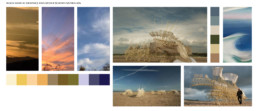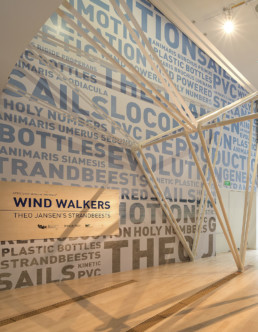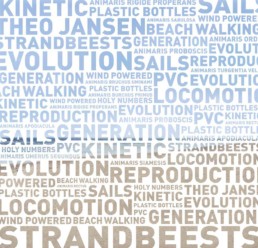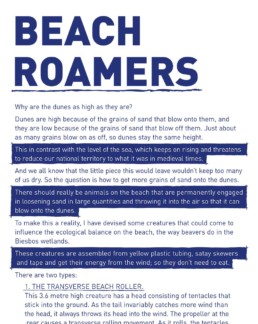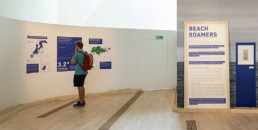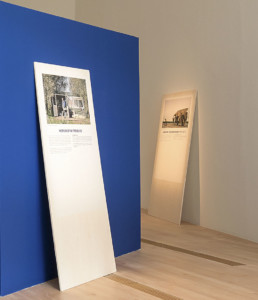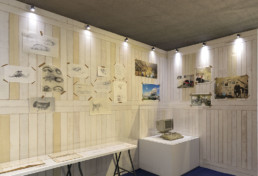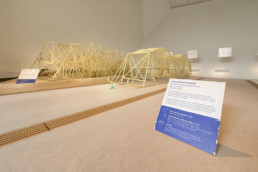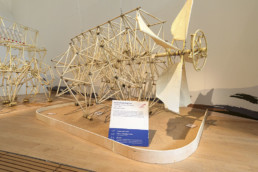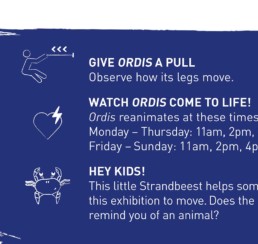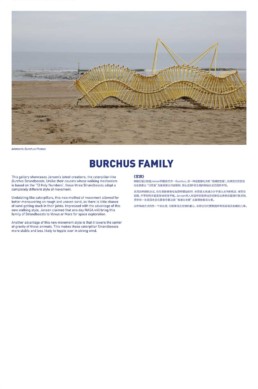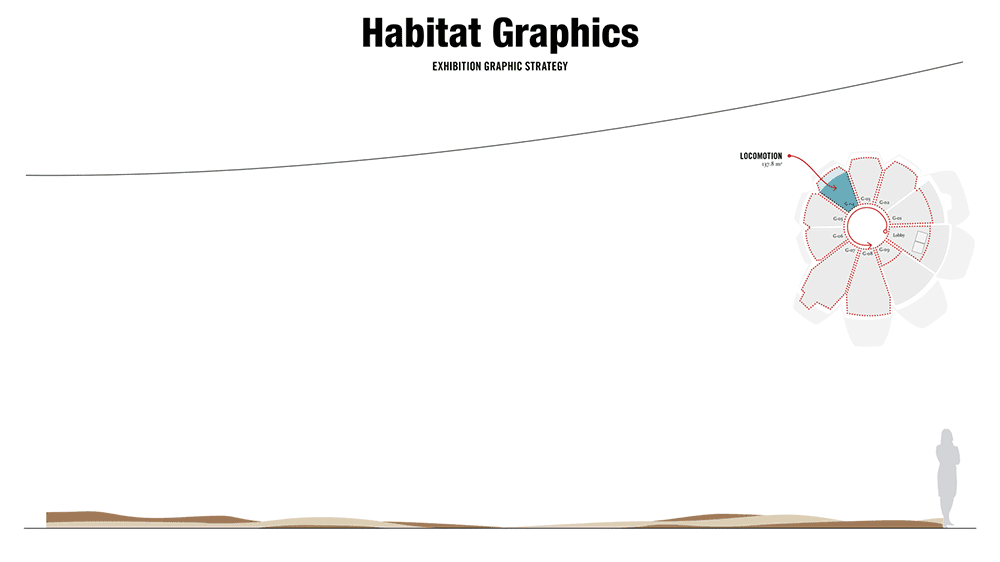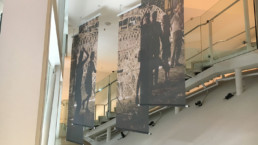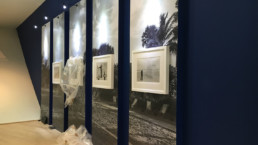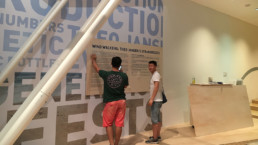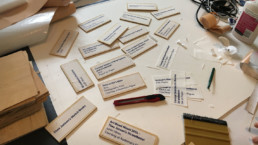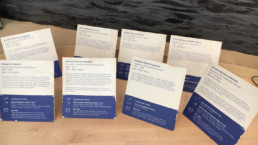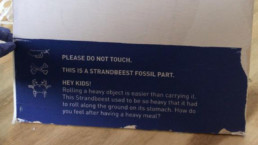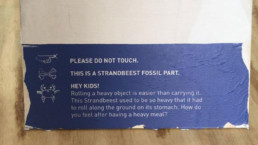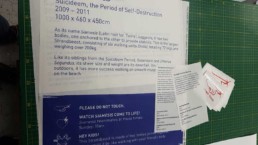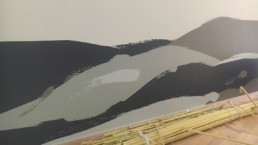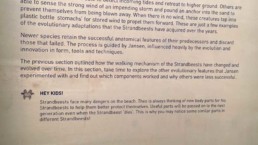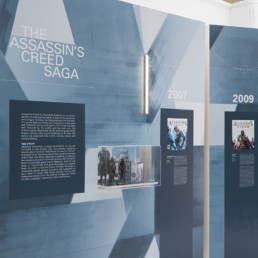Type
Public commission
Programme
Exhibition and Graphic Design
Location
ArtScience Museum, Singapore
Client
ArtScience Museum, Singapore
Timeline
03/2018 – 06/2018
Surface
1700 m2
Contractor
Pico Art International pte. ltd.
Photo Credits
Frank Pinckers
“I don’t want to make ‘nice’ animals, I just want to make surviving animals, they can be very nasty; my relationship with the beasts is different from what it is with people or animals.” -Theo Jansen
When he began building Strandbeests 20 years ago, Theo Jansen’s original vision for the Strandbeests was for them to serve as “a herd to help shore up the beaches of Holland against rising sea levels,” and “raise awareness of rising sea levels in the Netherlands”, Jansen also wanted to express the importance of coexisting with nature and highlight the potential of natural energy sources.
Engineered from recycled scrap material, PVC conduit (yellow electricity tubing) and intricate frameworks of basic materials like recycled bottles, they store energy generated by wind driven sails. Using the recycled drink bottles as “stomachs”, according to Jansen avoids the need for metallic or electronic parts in the process.
“I don’t want to make ‘nice’ animals, I just want to make surviving animals, they can be very nasty; my relationship with the beasts is different from what itis with people or animals.”
Staying true to Theo Jansen’s ideologies, a similar approach is adopted in the exhibition and environment graphics where easily sourced and recyclable materials like plywood are used to create the exhibition panels and labels. This “language” or aesthetic is carried even further, into the recreation of his workshop where images and sketches are stuck onto the walls haphazardly. It was important for every printed graphic in this exhibition to have a recurring element of having been touched and aged, almost like it possessed a story of its own.
Achieving this desired look involved first applying a first layer of wheatpasted greaseproof paper onto the plywood, then peeling it off, carefully leaving portions of it behind before wheat-pasting the final printed graphic on and applying the same process. This laborious process helped strengthen the narrative of the graphics in its poetic parallels to the life and ultimate death of a Strandbeest in its natural habitat; a survivor of the harsh weather on holland’s beaches.
To illustrate the severity of rising sea levels, both sides of each gallery are covered in painted strokes of waves that slowly increase in height as visitors walk through, telling a simple story of disappearing land as sea levels rise. As an interactive activity for children, a little crab is also hidden in each illustration, appearing to be visibly vexed by the impending destruction of its habitat.

